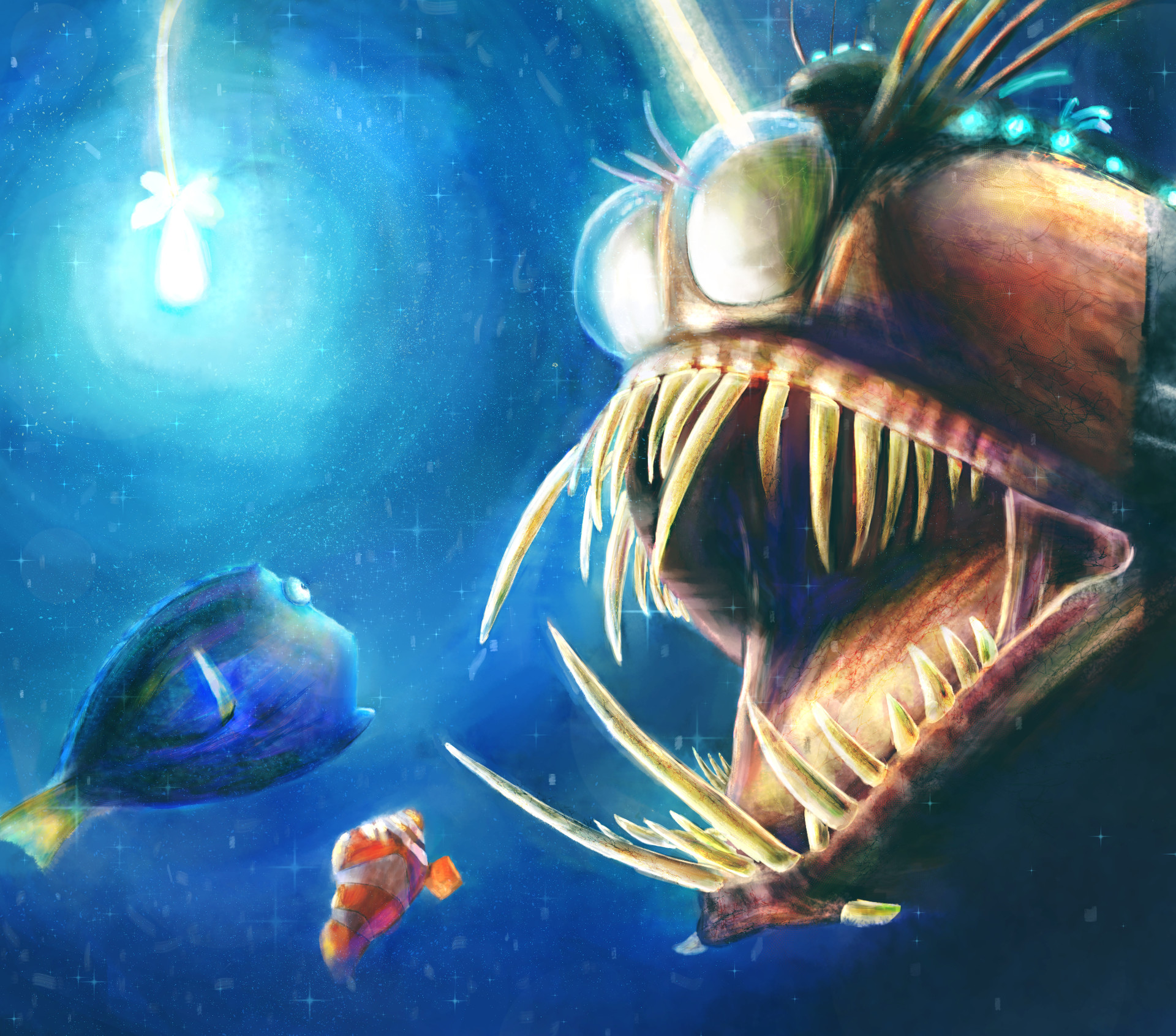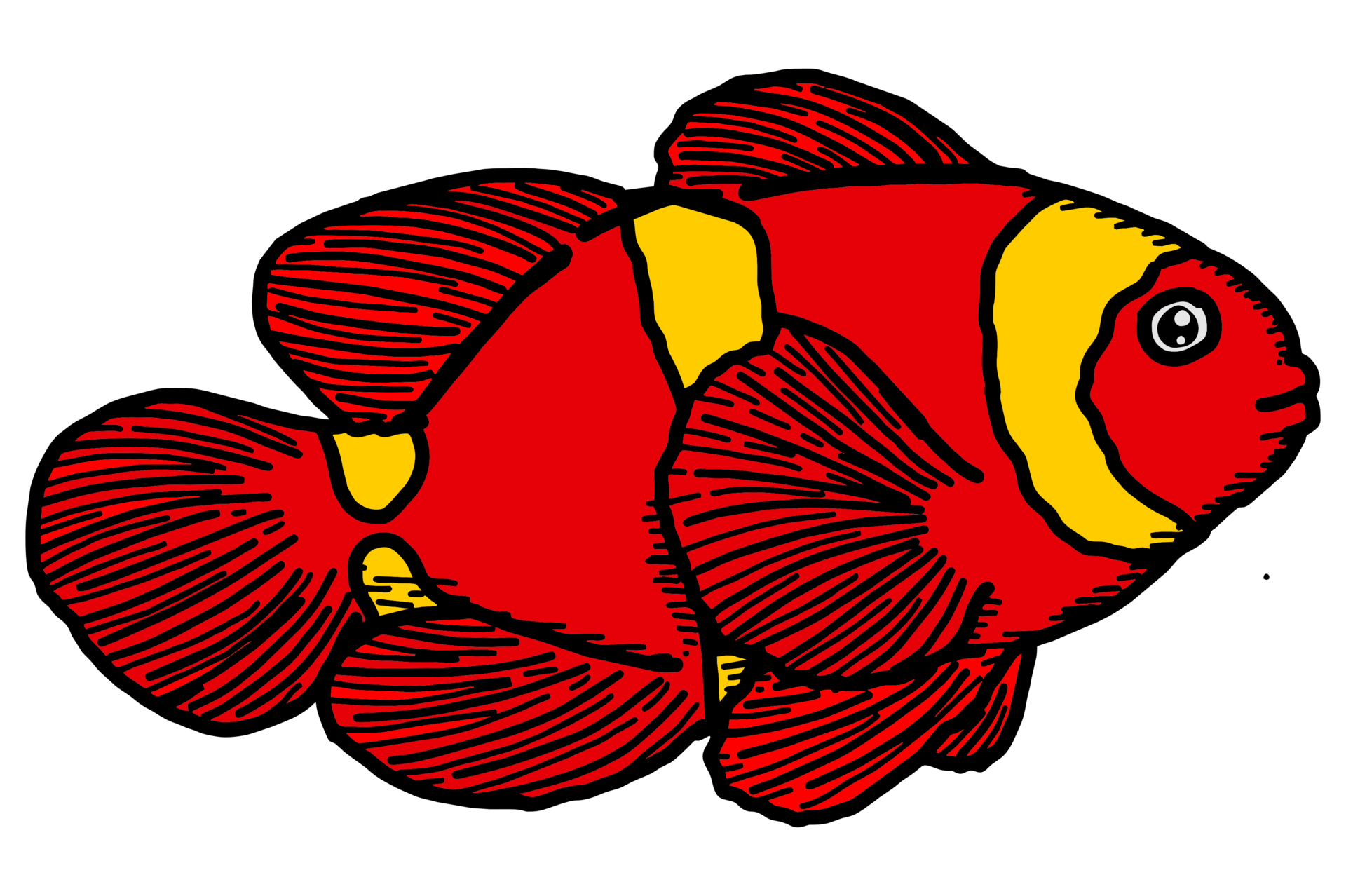Light Fish From Nemo: A Dive Into The Magical World Beneath The Waves
Have you ever wondered what it feels like to be surrounded by the glowing light of bioluminescent creatures in the deep sea? The light fish from Nemo might just hold the answer. These mesmerizing underwater wonders are more than just characters in a beloved animated movie; they represent an incredible aspect of marine life that continues to fascinate scientists and dreamers alike. So, let's dive right in and uncover the secrets behind these glowing marvels.
If you're anything like me, you probably grew up watching Finding Nemo and marveled at the eerie yet enchanting glow of the light fish. But did you know that these creatures are based on real-life organisms that light up the dark depths of the ocean? It's not just a cartoon effect—this is nature at its most spectacular. Today, we're going to explore everything there is to know about light fish, their role in the ecosystem, and why they matter to us land-dwelling humans.
From their biological processes to the cultural impact they've had through movies like Finding Nemo, light fish are a gateway to understanding the mysterious world beneath the waves. So buckle up, grab your snorkel, and let's embark on this illuminating journey together!
What Are Light Fish From Nemo?
Light fish from Nemo refer to those captivating creatures that emit a soft, glowing light in the dark ocean depths. While the movie may have exaggerated their appearance for entertainment, these fictional characters are inspired by real-life bioluminescent fish. These fish use their glow to communicate, attract prey, and even evade predators in the vast, pitch-black waters of the deep sea.
Bioluminescence: The Science Behind the Glow
Let's break down the magic: bioluminescence is the scientific term for the production and emission of light by living organisms. In the case of light fish, this process involves a chemical reaction within their bodies that produces light. It's like having a built-in flashlight, but way cooler.
- Chemical Reaction: A mix of luciferin (a light-emitting molecule) and luciferase (an enzyme) creates the glow.
- Purpose: Light fish use their glow for various purposes, including attracting mates, luring prey, and camouflaging themselves from predators.
- Adaptation: This ability has evolved over millions of years, allowing these creatures to thrive in environments where sunlight doesn't penetrate.
Why Are Light Fish Important?
Light fish play a crucial role in maintaining the balance of marine ecosystems. Their glowing abilities help them survive in some of the most inhospitable environments on Earth. But their importance extends beyond the ocean; they also offer valuable insights into biology, medicine, and even technology.
Ecological Significance
These glowing fish are a vital part of the food chain. By attracting smaller creatures with their light, they help sustain larger predators. Additionally, their presence indicates the health of the surrounding ecosystem. If light fish populations decline, it could signal broader environmental issues.
Real-Life Counterparts of Light Fish
While the light fish from Nemo are fictional, the ocean is teeming with real-life bioluminescent species. Some of these creatures are so fascinating that they could easily inspire the next Pixar blockbuster.
Top 5 Bioluminescent Fish You Need to Know
Here's a quick rundown of some of the most incredible bioluminescent fish found in the wild:
- Anglerfish: Known for its lure-like appendage that glows to attract prey, the anglerfish is one of the most iconic bioluminescent creatures.
- Lanternfish: These small, deep-sea dwellers emit light from various parts of their bodies, creating a mesmerizing display.
- Cookiecutter Shark: Despite its small size, this shark uses bioluminescence to blend into the light from above, making it nearly invisible to predators below.
- Flashlight Fish: Equipped with large, glowing organs under their eyes, these fish can light up the water around them like a natural headlamp.
- Dragonfish: With a menacing appearance and a glowing barbel, the dragonfish is both beautiful and terrifying.
The Cultural Impact of Light Fish
Thanks to movies like Finding Nemo, light fish have become cultural icons. But their influence goes beyond entertainment. They inspire scientific research, conservation efforts, and even art. Let's take a closer look at how these glowing creatures have captured our imaginations.
Light Fish in Popular Culture
From animated films to video games, light fish have made appearances in various forms of media. Their enchanting glow and mysterious nature make them perfect for storytelling. But more importantly, they remind us of the wonders that still await discovery in the deep sea.
How Do Light Fish Survive in the Deep Sea?
The deep sea is one of the most challenging environments on the planet. With no sunlight, crushing pressure, and scarce food, only the most adaptable creatures can survive. Light fish have developed unique strategies to thrive in this harsh world.
Adaptations for Survival
Here are some of the incredible adaptations that allow light fish to survive in the deep sea:
- Bioluminescence: As we've discussed, their ability to produce light helps them in countless ways.
- Pressure Resistance: Their bodies are built to withstand the immense pressure of the deep ocean.
- Efficient Metabolism: With food being scarce, light fish have evolved to make the most out of every meal.
Threats to Light Fish and Their Habitats
Despite their incredible adaptations, light fish face numerous threats in today's rapidly changing world. Climate change, overfishing, and pollution are just a few of the challenges they must contend with. It's up to us to ensure that these glowing marvels continue to thrive for generations to come.
Conservation Efforts
Scientists and conservationists are working tirelessly to protect light fish and their habitats. From establishing marine protected areas to reducing plastic pollution, there are many ways we can help preserve the beauty of the deep sea.
Can We Learn From Light Fish?
The glowing abilities of light fish have inspired numerous scientific breakthroughs. Researchers are studying bioluminescence to develop new technologies in medicine, environmental monitoring, and even energy production. Who knew that these tiny creatures could hold the key to solving some of humanity's biggest challenges?
Applications of Bioluminescence
Here are just a few examples of how bioluminescence is being used in the real world:
- Medical Imaging: Bioluminescent markers are used to track cells and proteins in living organisms, revolutionizing medical research.
- Pollution Detection: Scientists are using bioluminescent bacteria to detect harmful chemicals in water supplies.
- Sustainable Lighting: Inspired by nature, researchers are developing bioluminescent lighting systems that could one day replace traditional bulbs.
The Future of Light Fish
As we continue to explore the deep sea, who knows what other amazing discoveries await? Light fish may hold secrets that could change the way we live and interact with the natural world. By protecting these creatures and their habitats, we ensure that future generations can marvel at their glow just as we do today.
What Can You Do to Help?
There are many ways you can contribute to the conservation of light fish and other marine life:
- Reduce your plastic consumption to prevent pollution in the ocean.
- Support organizations dedicated to marine conservation.
- Spread awareness about the importance of protecting our oceans.
Conclusion
Light fish from Nemo may be fictional, but the real-life bioluminescent creatures they're based on are nothing short of extraordinary. From their glowing abilities to their role in maintaining the balance of marine ecosystems, these fish remind us of the wonders that still exist in the deep sea. By learning more about them and taking action to protect their habitats, we can ensure that their light continues to shine brightly for years to come.
So, what are you waiting for? Dive deeper into the world of light fish and discover the magic that lies beneath the waves. And don't forget to share this article with your friends and family—after all, the more people know about these glowing marvels, the better chance we have of protecting them. Together, we can make a difference!
Table of Contents
- What Are Light Fish From Nemo?
- Bioluminescence: The Science Behind the Glow
- Why Are Light Fish Important?
- Real-Life Counterparts of Light Fish
- The Cultural Impact of Light Fish
- How Do Light Fish Survive in the Deep Sea?
- Threats to Light Fish and Their Habitats
- Can We Learn From Light Fish?
- The Future of Light Fish
- Conclusion



Detail Author:
- Name : Prof. Melba Legros PhD
- Email : brandy04@zieme.com
- Birthdate : 1994-02-23
- Address : 6106 Stiedemann Viaduct Apt. 554 Bellaport, IN 10233-1267
- Phone : 1-812-683-2644
- Company : McLaughlin-Abshire
- Job : Computer Repairer
- Bio : Ullam culpa sunt in aut. Quo fugiat facilis fugit inventore veritatis dolorum libero laborum. Deserunt et hic consequatur adipisci et.